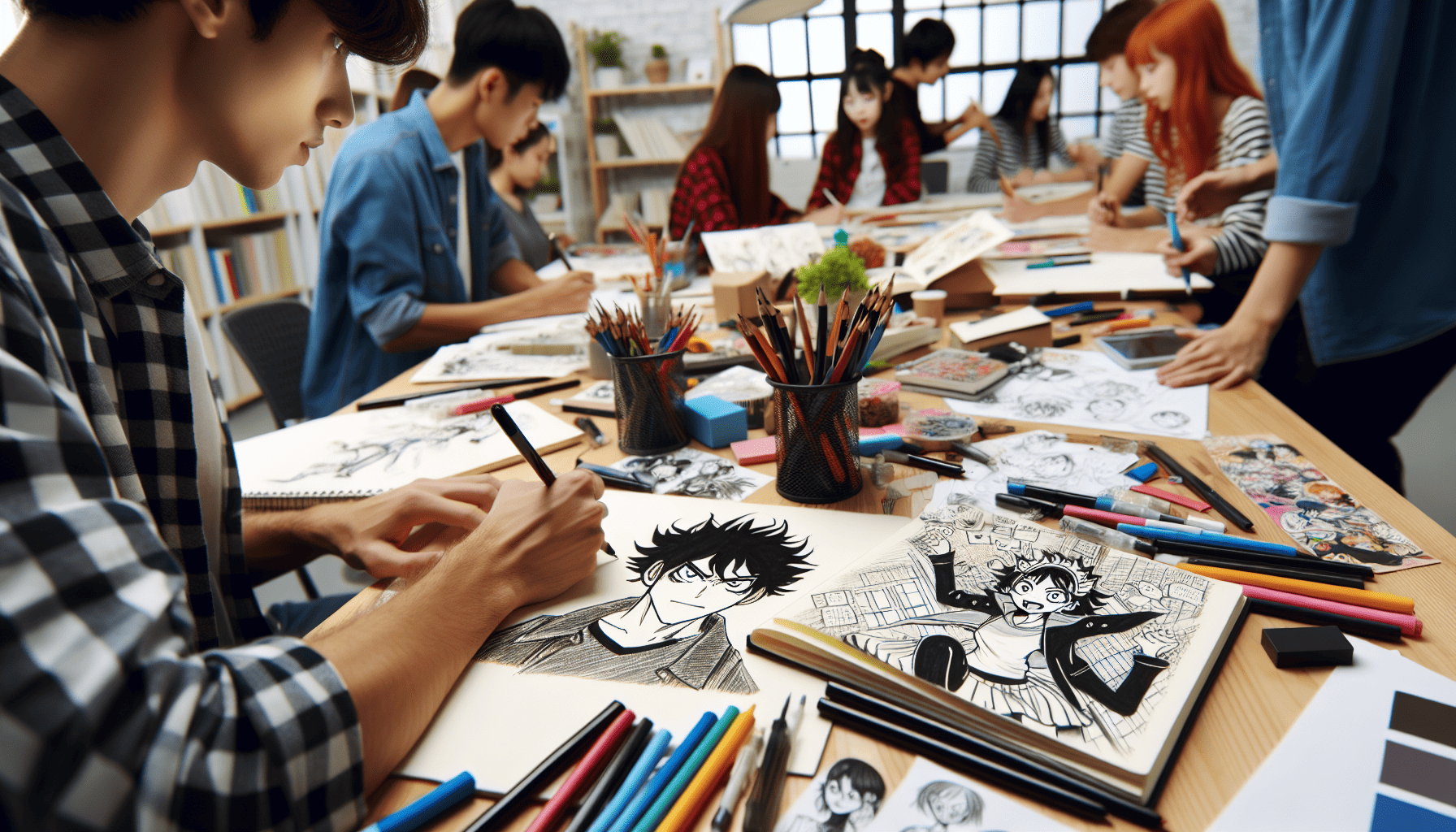Manga art, with its distinct style and captivating stories, has captivated audiences worldwide for decades. Beyond its entertainment value, manga offers a range of educational benefits that can profoundly enrich the creative and intellectual development of individuals. By exploring the artistic and narrative elements of manga, learners can enhance their creativity, improve critical thinking, and develop a deeper appreciation for cultural diversity.
One of the most significant educational advantages of manga art is its ability to stimulate creativity. The vibrant and expressive visual style encourages individuals to think outside the box and experiment with various artistic techniques. By observing and replicating the unique characteristics of manga, budding artists learn to develop their style, improving their drawing skills and broadening their artistic vocabulary. Furthermore, the imaginative worlds and characters depicted in manga inspire readers and artists alike to envision new possibilities, prompting them to unleash their creativity in other domains of life.
Manga also serves as a powerful tool for fostering critical thinking skills. The intricate plots and complex characters commonly found in these graphic novels require readers to engage with the material on a deeper level. As readers analyze character development, plot twists, and thematic elements, they hone their ability to evaluate information and draw conclusions. This analytical practice can enhance problem-solving skills and encourage individuals to approach challenges with a strategic mindset. Additionally, the moral dilemmas often presented in manga narratives provide opportunities for readers to explore ethical questions, fostering a sense of empathy and ethical reasoning.
Cultural appreciation is another invaluable benefit of delving into manga art. Originating in Japan, manga reflects diverse aspects of Japanese culture, history, and societal values. By engaging with manga, learners gain insights into this rich cultural heritage, broadening their understanding of global perspectives. Furthermore, manga frequently incorporates elements from various mythologies, folklore, and historical events, providing a fascinating gateway to explore different cultures worldwide.
Enhancing literacy skills is yet another advantage of engaging with manga. The combination of text and visuals creates a unique storytelling medium that can aid in developing reading comprehension and language skills. For those learning a new language, manga can serve as an engaging and accessible resource, offering authentic dialogue and cultural context. The diverse genres within manga also ensure that there is something for every reader, encouraging reluctant readers to explore literature in a format that feels approachable and exciting.
Finally, the collaborative nature of creating and enjoying manga can foster social connections and teamwork. In manga clubs or workshops, individuals come together to share their passion and work on projects, nurturing a sense of community and cooperation. This collaborative environment encourages individuals to communicate effectively, offer constructive feedback, and appreciate the diverse talents of their peers.
In conclusion, the educational benefits of manga art extend far beyond mere entertainment. By engaging with manga, learners can cultivate creativity, enhance critical thinking skills, gain cultural appreciation, improve literacy, and build social connections. As such, manga art presents a compelling case for being embraced as a multifaceted educational tool, inspiring individuals of all ages to explore its rich and rewarding world.
